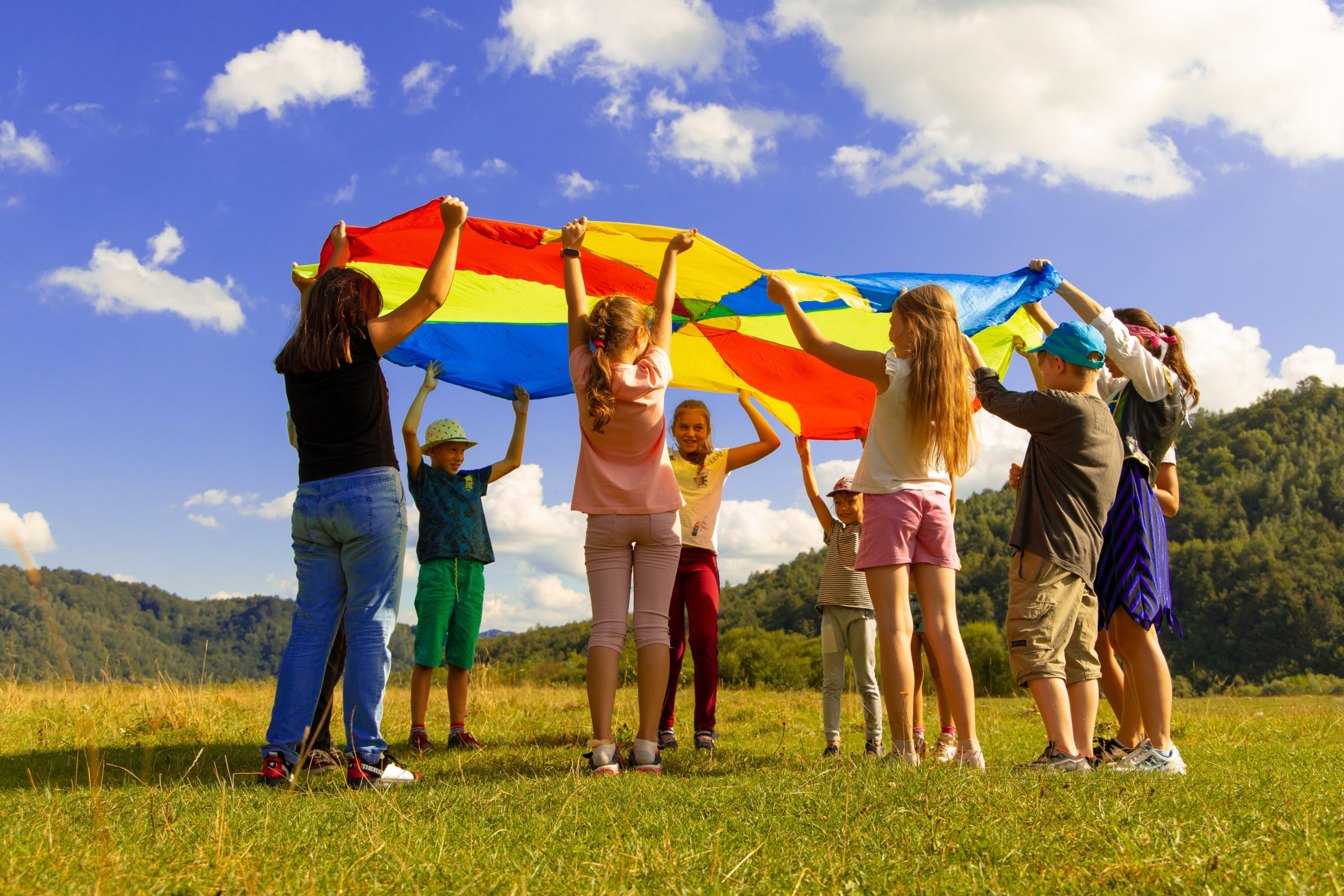Kids today are nearly a third less aerobically fit than their parents at the same age and one researcher says it could be because of climate change. Scientists say that record highs of childhood obesity and physical inactivity leave many struggling to regulate their body temperature in heat, leading them to do less exercise. Environmental physiologist Dr. Shawnda Morrison is sounding the alarm in a comprehensive review of studies on this topic.
She says physical fitness is the key to tolerating higher temperatures and unfit children could face heat-related health problems such as dehydration, heat cramps, heat exhaustion, or heat stroke as global warming continues.
Related: Number of Health Weight Children Dieting Has Tripled
According to Dr. Morrison’s study, published in the journal Temperature, children are 30 percent less aerobically fit than their parents were at their age, with fewer children reaching the World Health Organization’s recommendation of 60 minutes of exercise a day.
Dr. Morrison criticized failures to sufficiently prioritize children’s health needs in climate change policy, arguing more action is necessary to get children exercising so they will cope in a hotter world.
Kids react to hot days differently than adults
The physiologist, who works in the Faculty of Sport at the University of Ljubljana, highlighted a study of 457 young boys between five and 12 in Thailand which found overweight kids were twice as likely to have difficulty regulating their body temperature when exercising outdoors.
Another study found more children visited the emergency room on hotter days, with young children more likely to need emergency care. The COVID-19 pandemic made children less likely to exercise, particularly when schools closed, and Dr. Morrison fears rising heat could similarly obstruct children from physical activity.
Parents may tell their children it’s too hot to play, preventing unfit youngsters from maintaining even the minimal physical activity requirements to be healthy. Estimates predict that higher temperatures and changes in weather patterns will lead to outbreaks of new diseases, which could also restrict children’s movement and further devastate their health.
Dr. Morrison notes children regulate heat differently, adding that they are not just smaller adults. They sweat less, increasing blood flow to the skin to cool down instead, and this makes their hearts work harder than adults.
Despite this, previous research on global warming’s impact on physiological health has focused on adults. Moreover, little research on kids and heat took place 15 to 30 years ago, when children were much fitter than they are today.
“Fitter adults are better able to tolerate higher temperatures, due to a combination of physiological, behavioral and psychological factors,” Dr. Morrison says in a media release.
“Yet, as the world warms, children are the least fit they have ever been. It is imperative that children are encouraged to do daily physical activity to build up, and maintain, their fitness, so that they enjoy moving their bodies and it doesn’t feel like ‘work’ or ‘a chore’ to them.”
How can kids beat the heat and stay fit?
The study author recommends outdoor activities, combining sports like football or basketball, with active play among friends and family. Physical education (PE) is the best, most cost-effective way to increase fitness and propel kids into exercising throughout their lives. Families are important to ensure this improvement happens, particularly if schools offer little PE.
“Do what you love to do, whether it’s a family bike ride or rollerblade, a stroll through the woods or walking the dog,” Dr. Morrison says.
“Make sure the activity raises everyone’s heart rate, enthusiasm, and positive energy and importantly, try not to completely avoid the heat but choose times of the day that are less hot (mornings/evenings) to keep active, since we need to keep ourselves moving in this new warming world.”
During this study, Dr. Morrison, who is also the Founder of Active Healthy Kids Slovenia, reviewed over 150 medical and scientific studies on how children maintain physical activity, exercise, tolerate heat, and how this might change with rising global temperatures.




























